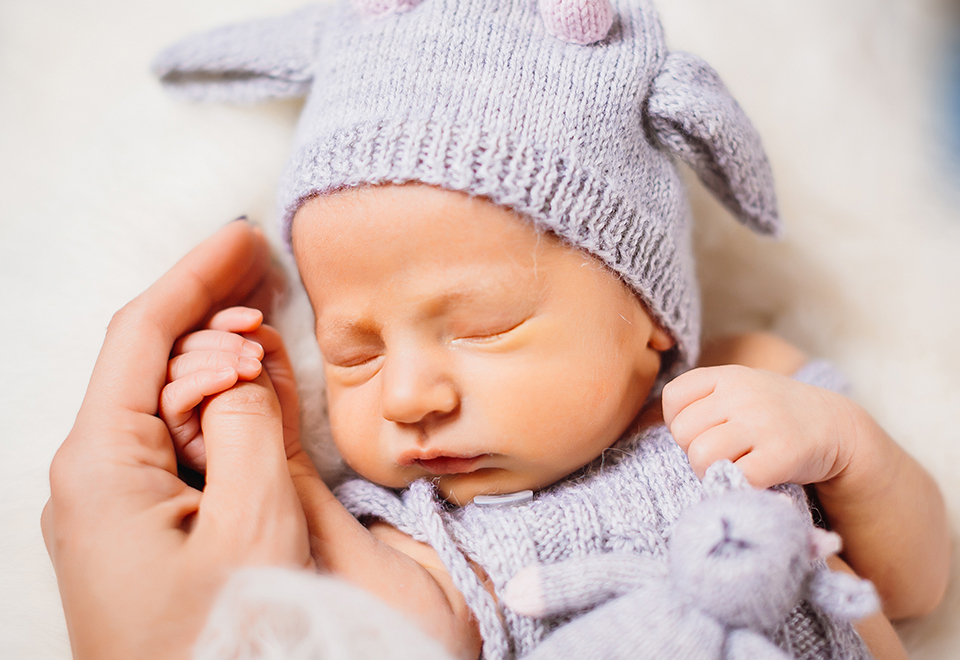If you’re reading this, winter is either around the corner or you’re wisely preparing for it. And if you’ve just welcomed a Newborn baby, the season can feel cozy and nerve‑wracking at the same time. Newborns are delicate, still learning to regulate body temperature, build a skin barrier, and develop immunity. That’s why winter care requires a gentle balance, keeping them cozy without overheating and comfortable without overcomplicating routines.
In this blog, we’ll walk through the most common mistakes parents make in winter care, explain why they happen, and show you what to do instead. By the end, you’ll feel confident and calm about caring for your little one this season.
Why Winter Care Feels Tricky for New Parents
The first winter with a newborn can be confusing. You might get conflicting advice from relatives, friends, or even online forums. Some insist on bundling up heavily, others warn against overheating. It’s no wonder parents feel stuck in a guessing game.
The truth is, winter challenges are predictable: fluctuating indoor heat, chilly outdoor air, extra visitors during holidays, and changes in routine. Once you know the most common pitfalls, you can sidestep them easily. So let’s break down the top mistakes and their solutions.
Mistake 1: Over bundling Indoors
One of the first instincts parents have in winter is to pile on layers, hats, and blankets, even indoors. While this comes from a good place, it can actually make your baby overheat, which disrupts sleep and may increase health risks.
What to do instead: Dress your baby in one more layer than you are wearing and keep the room temperature steady, ideally between 68°F and 72°F (20 °C and 22°C). For sleep, replace loose blankets with a wearable sleep sack. This keeps your baby snug without the risk of overheating or suffocation.
Mistake 2: Forgetting Car Seat Safety
Another area where parents struggle is balancing warmth and car safety. Puffy snowsuits or thick jackets in the car seat make straps appear tight when they’re not. In a crash, that extra padding compresses, leaving the harness too loose to protect your baby.
What to do instead: Buckle your baby in regular indoor clothing. Once the harness is snug, you can place a blanket over the straps or use a car-seat–approved cover that doesn’t interfere with the harness. This keeps your baby both warm and safe.
Mistake 3: Loose Bedding in the Crib
It’s natural to think that quilts or blankets are needed in a cold room, but these items increase the risk of unsafe sleep environments.
What to do instead: Stick with safe sleep practices—baby on their back, in a crib with a firm mattress and fitted sheet only. A sleep sack adds warmth without the risks of loose blankets.
Mistake 4: Ignoring Humidity Levels
Heaters and cold air can leave your home very dry, which leads to chapped skin, congestion, or difficulty sleeping.
What to do instead: Use a cool-mist humidifier in your baby’s room and keep humidity levels between 40–50%. Be sure to clean the device regularly to prevent mold buildup. Combine this with a gentle, fragrance-free moisturizer after baths to protect your baby’s skin barrier.
Mistake 5: Letting Holiday Hustle Disrupt Routines
Winter often means holiday gatherings, visitors, and travel. While these moments are special, they can throw off your baby’s feedings and naps.
What to do instead: Protect at least one or two “anchor naps” each day and continue feeding your baby on cues. If you’re at a gathering, step into a quiet space for feeding or rest. Small adjustments like this can prevent overstimulation and cranky evenings.
Mistake 6: Allowing Visitors Without Boundaries
Family and friends are excited to meet your newborn, but winter also means colds, flu, and other seasonal illnesses.
What to do instead: Politely set boundaries. Ask visitors to wash their hands before holding your baby, and postpone visits if anyone feels unwell. You’re not being overprotective, you’re protecting a baby who doesn’t yet have the defenses you do.
Mistake 7: Waiting Too Long to Call the Pediatrician
Parents often second-guess themselves when their baby seems unwell, worrying about overreacting. But with newborns, it’s better to be cautious.
What to do instead: Call your pediatrician promptly if your baby has a rectal temperature of 100.4°F (38°C) or higher, is struggling to breathe, isn’t feeding well, or seems unusually sleepy or irritable. Trust your instincts, if something feels wrong, it’s worth checking.
Building a Simple Winter Routine
Once you avoid the common mistakes, the next step is building a rhythm that works for your family.
- Keep indoor temperatures steady.
- Use light layers during the day and a sleep sack at night.
- Maintain short, warm baths followed by moisturizer.
- If the weather is mild, get outside for a stroller walk—it can be refreshing for both you and your baby.
- Protect your baby’s naps and feedings, even during busy family days.
These small habits create consistency, which helps your newborn adjust smoothly through the season.
Final Word
Winter care isn’t about mastering dozens of rules. It’s about steady conditions (comfortable room and humidity), light layers you can adjust, safe, simple sleep, car‑seat smarts, and gentle skin care, all wrapped in routines that respect your baby’s cues and your real life. Do those consistently and you’ll have a warm, safe season that leaves room for the good stuff: the sleepy smiles, the quiet feeds, and the feeling that yes, you’ve got this.
Need a Calmer Winter With Your Newborn?
At Night Nite Babies, we specialize in helping parents like you navigate Newborn Baby Care with confidence. Whether it’s creating a safe sleep environment, building a winter-friendly routine, or simply having someone to guide you through the questions that come up daily, our team is here to help. Call (470) 606-4010 or click here to know more.

